Nine European countries signed a declaration on Monday to turn the North Sea into one of the largest wind farms in the world.
The declaration following the North Sea Summit, attended by leaders of nine countries in the Belgian seaside town of Ostend, vowed to produce at least 12 gigawatts of offshore wind energy by 2030 and at least 300 GW by 2050 in the North Sea.
Belgian Prime Minister Alexander De Croo called the summit a "milestone".
The first North Sea Summit held last year was only attended by Belgium, Denmark, Germany and the Netherlands. France, Ireland, Luxembourg, Norway and the UK joined this year.
German Chancellor Olaf Scholz said that "the North Sea is a place where a lot of energy can be generated for the future".
In a joint op-ed published a day before the summit, the nine national leaders said that "to deliver on this ambition, we are committing to building an entire electricity system in the North Sea based on renewable energy by developing cooperation projects".
Some 100 wind energy-related companies attended the summit. In an industry declaration ahead of the summit, offshore wind energy companies said that "major new investments are needed in wind energy manufacturing capacity and supporting infrastructure". They pointed out that current policies are falling short and that there is a need to invest in grids and ports.
Fatih Birol, executive director of the Paris-based International Energy Agency, said the North Sea's massive offshore wind potential is a huge opportunity for Europe, not only for clean electricity generation but also for decarbonizing other sectors and strengthening industrial competitiveness.
In a tweet on Monday evening, the Left group in the European Parliament said: "Today's North Sea wind power summit brings hope for clean energy but we must ensure minimal damage to marine life by locating offshore wind farms responsibly. Protecting our oceans must remain a top priority."
Phasing out fossil fuels
Qin Yan, an Oslo-based carbon analyst with the financial data provider Refinitiv, said that the unveiling of the large wind farm shows the EU's determination to speed up renewables deployment and phase out fossil fuels.
Qin said that the Chinese wind turbine manufacturers are less established in Europe due to competition from local companies such as Denmark's Vestas or German-Spanish Siemens Gamesa.
She added that the EU plans to boost its own green technology manufacturing as indicated by the recently proposed Net Zero Industry Act and it could pose challenges to Chinese suppliers' exports of components to the EU.
But Qin also noted that the EU's manufacturing capacities will not be sufficient to meet its target.
"Hence, tighter and better EU-China cooperation will facilitate the uptake of renewables in the EU, too," she said.
China's total wind farm operational capacity was 278 gigawatts as of January 2023, according to Global Energy Monitor.









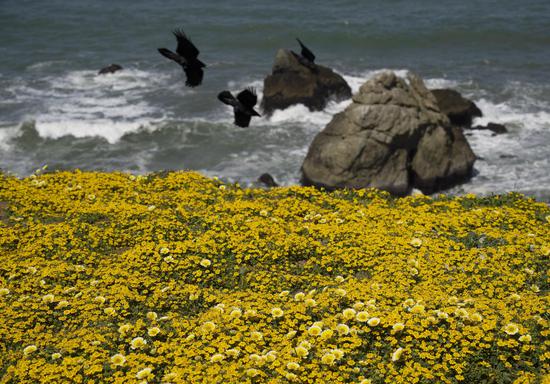




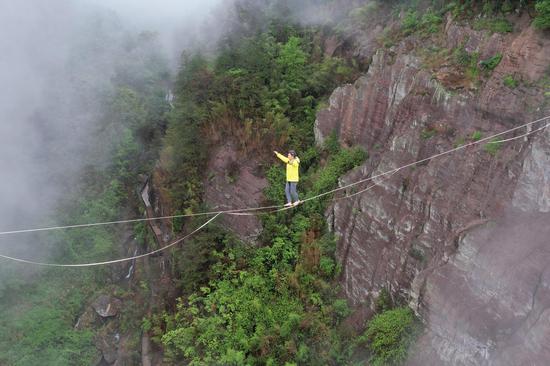










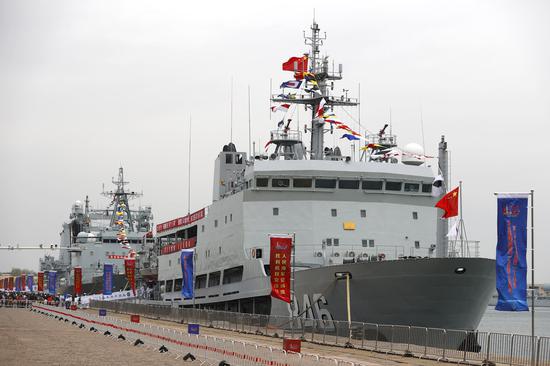







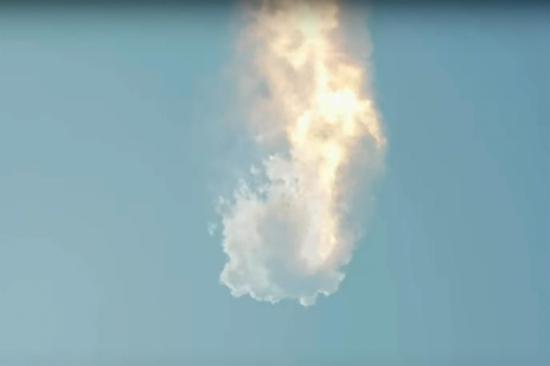

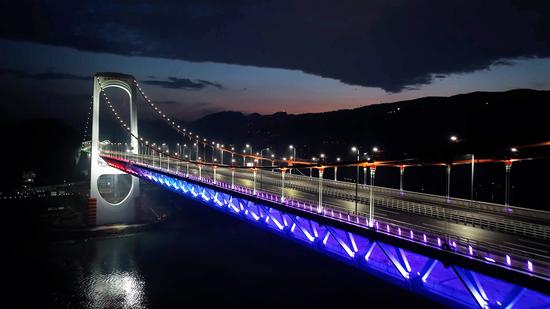

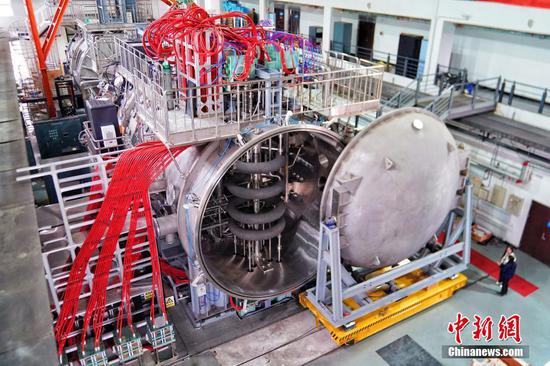






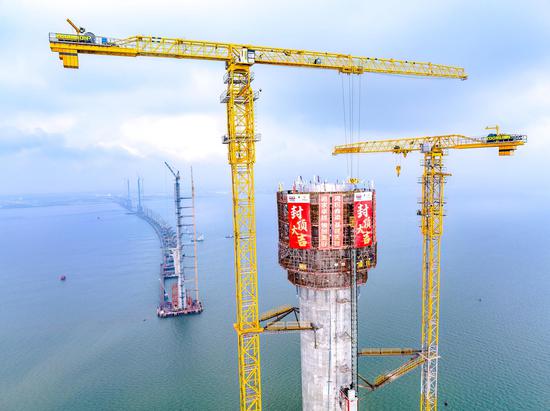

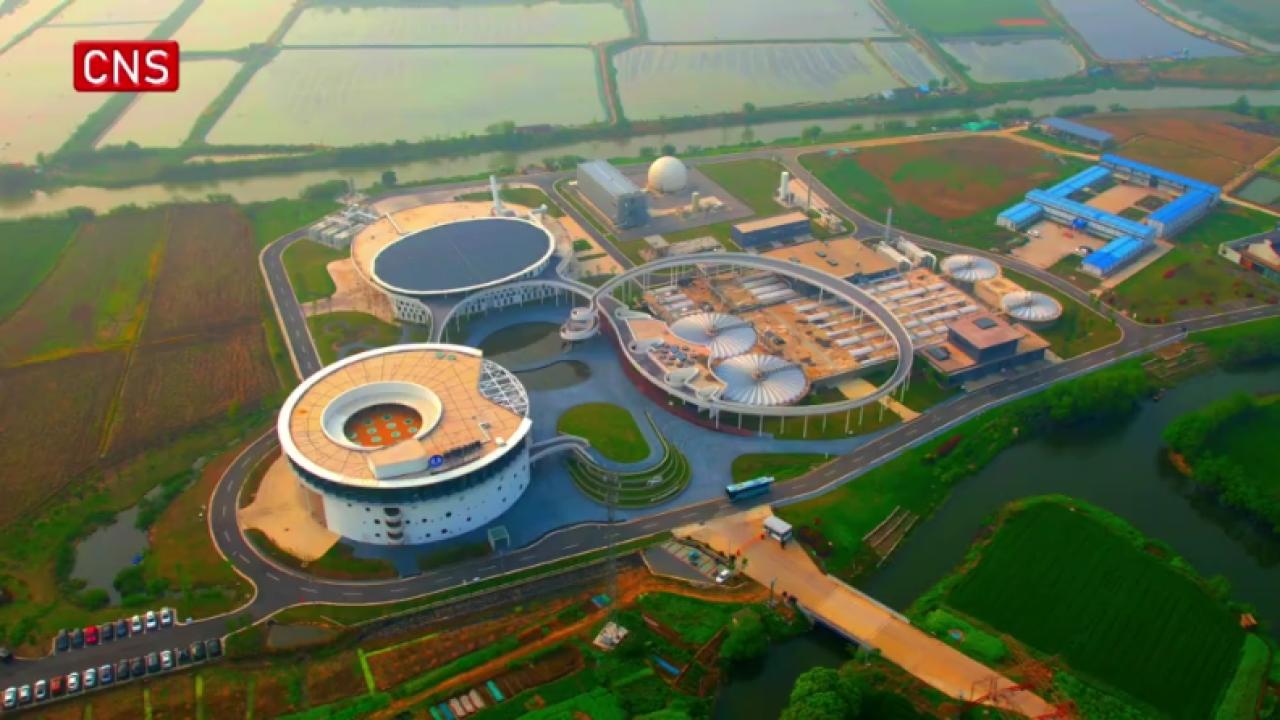



 京公网安备 11010202009201号
京公网安备 11010202009201号